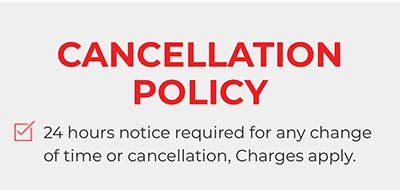Are you preparing for your driving test and feeling nervous about the possibility of failing? It’s completely normal to feel a bit anxious, but with the right preparation and knowledge about common major and minor mistakes, you can increase your chances of passing on the first attempt. In this article, we will delve into the details of driving test fails, explaining what constitutes major and minor errors and how to avoid them.
Understanding Major and Minor Errors
During a driving test preparation, examiners assess your driving skills based on a set criteria. Errors are categorized as either major or minor, with major errors being more serious and likely to result in an automatic fail. Minor errors, on the other hand, are less critical and may not lead to an immediate failure, but accumulating too many minor errors can still result in a fail.
Major Errors
Major errors are typically more dangerous and could potentially cause an accident if not corrected. Examples of major errors include running a red light, failing to yield to pedestrians, or speeding excessively. If you commit a major error during your driving test, the examiner will likely end the test and deem it a fail.
Minor Errors
This is the while less serious than major errors, still demonstrate areas where you need to improve your driving skills. Minor errors may include not checking your mirrors before changing lanes, failing to signal in advance, or not coming to a complete stop at a stop sign. One or two minor errors may not result in an immediate fail, but consistency in making the same mistakes could lead to a driving test fails.
Tips to Avoid Common Mistakes
To increase your chances of passing your driving test in Harkness, here are some tips to help you avoid common major and minor errors:
- Practice regularly: The more time you spend behind the wheel practicing, the more confident you will become in your driving skills.
- Follow all traffic rules: Make sure to obey all traffic signals, signs, and speed limits during your driving test.
- Check your mirrors: Always check your mirrors before changing lanes, making turns, or reversing.
- Use turn signals: Signal your intentions in advance to let other drivers know your next move.
- Maintain a safe following distance: Keep a safe distance between your vehicle and the one in front of you to avoid rear-end collisions.
By paying attention to these tips and practicing consistently, you can improve your chances of passing your driving test with flying colors.




